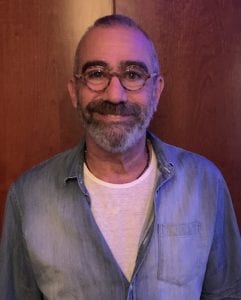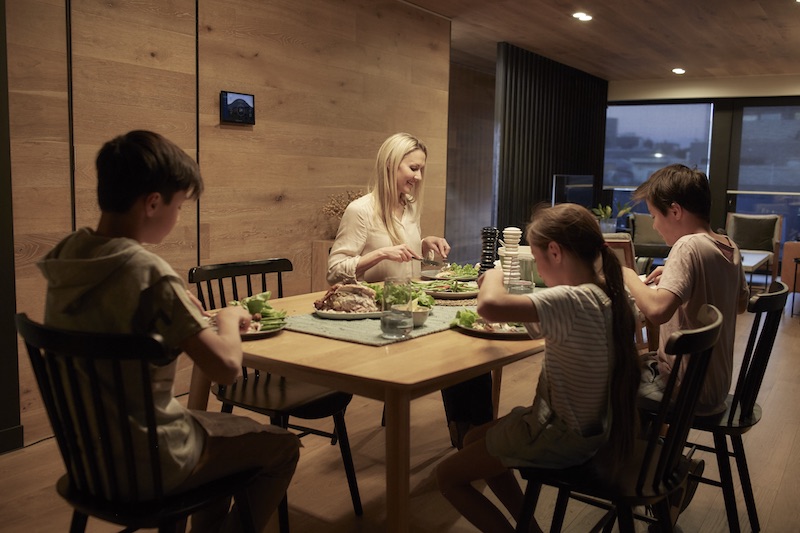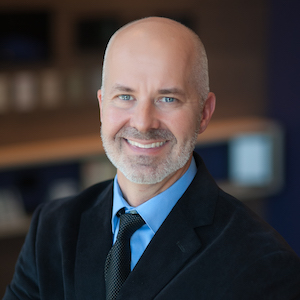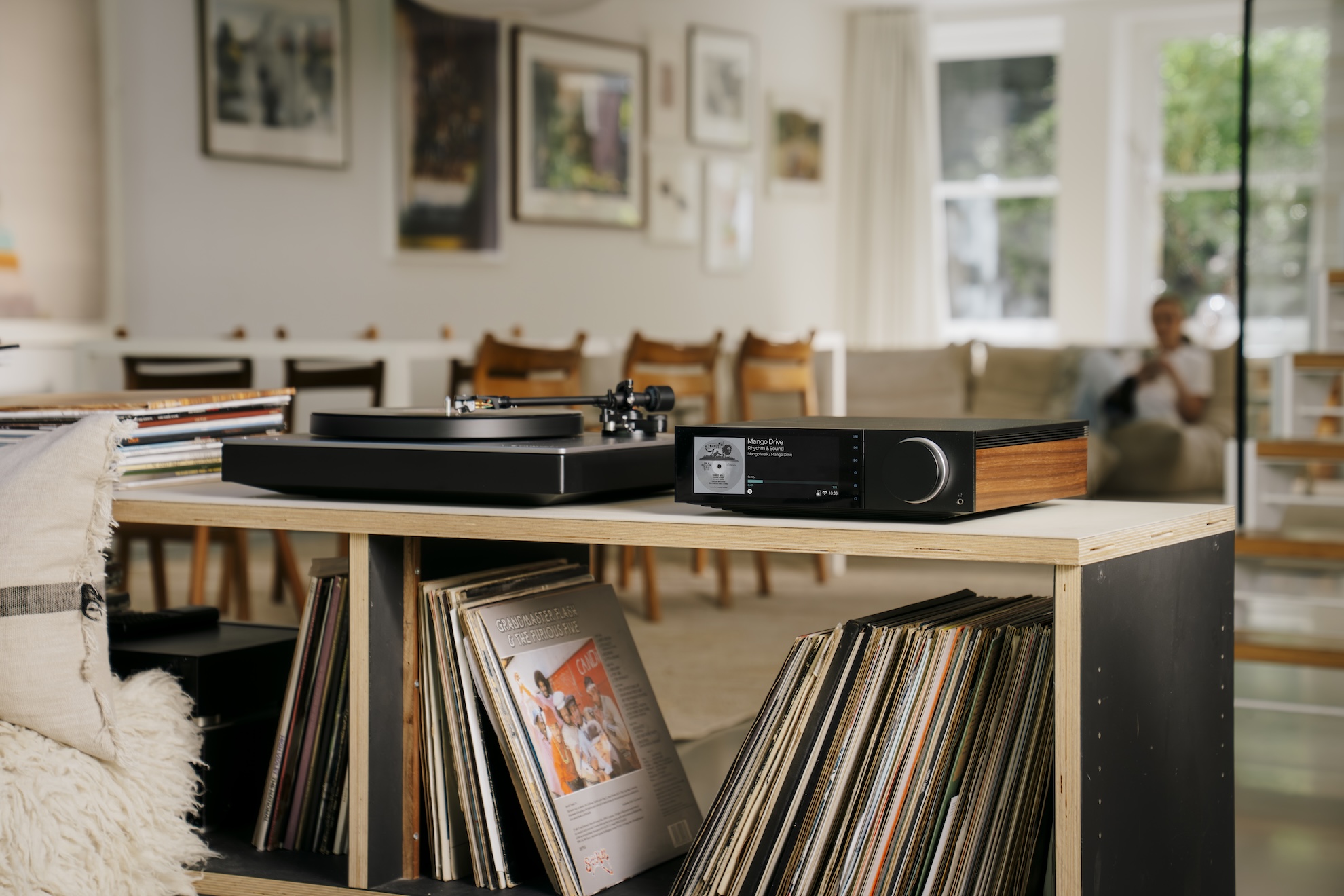
Typically, when I attend a buying group meeting, my main intention is to network with professional integrators and manufacturers to take the pulse of the custom installation industry and to write an article reporting on the event. Following the recent HTSA (“we’re not a buying group, we’re a consortium”) meeting in Dallas, however, I decided to be a lot more specific in my focus. With all of the chatter about “human-centric lighting” and “the healthy home,” I talked with several professionals about what they’re really doing to create a healthier home for clients versus how they hope to use technology in the future.
It was no surprise to me, given current trends in LED lighting fixtures, that most were using lighting control systems and fixtures that can mimic that natural patterns of daylight to help clients create a better living environment that is more in tune with their sleep patterns.
Barry Reiner, from InnerSpace Electronics in Mount Kisco, NY, noted that his company has been on the forefront of learning about and promoting the concept of the “healthy home” in the form of the wellness ecosystems that are soon to be released in the market.
“We were an early adopter of Ketra lighting and have had the opportunity to be trained and certified at Ketra early on (prior to Lutron’s purchase of Ketra),” he said. “We have also invested our time in being trained on the Delos product. We believe that these technologies will become very popular in the near future.”
Most people consider Delos the pioneer of “wellness real estate,” and is, in fact, the founder of the WELL Building Standard and the Darwin Home Wellness Intelligence platform. Darwin is designed to enhance health outcomes in the home and mitigate harmful indoor environmental concerns, by utilizing proprietary wellness algorithms and sensor technologies to create spaces that help reduce stress, improve sleep quality, increase performance, and enhance overall well-being.
Through extensive scientific research and real-world testing, Delos discovered that it could mitigate environmental triggers within the home to enhance both physical and emotional well-being. Delos’ Darwin platform incorporates health and wellness features and technologies into the home to bring the benefits of natural outdoor conditions inside.
Backed by more than seven years of research, the Darwin Home Wellness Intelligence platform focuses on four main components: air filtration, water purification, circadian lighting, and comfort-focused technologies, all of which simulate the natural outdoor condition. Powered by Delos’ proprietary cloud-based algorithms, the platform interacts with an ecosystem of Delos-approved products and solutions. Darwin is designed to be flexible and accessible, launching across all segments of the housing market, from mass market to luxury.
Jan Vitrofsky, from HEDsouth in Hollywood, FL, is the acknowledged leader within HTSA’s membership committed to implementing Delos-approved technologies in his clients’ homes. In fact, he’s so committed to the idea of the healthy home, he almost seems like a Delos employee. But, like all new concepts and technologies, for Vitrofsky, the healthy home discussion with clients begins with a tutorial.

“We educate our clients about the basic facts related to wellness technology, including the quality of air inside their home, understanding how lighting can affect your brain, your hormonal system, and your ability to sleep,” he stated. “Delos is the only company with a complete solution of all of the pillars that are necessary in a residential space to make it a well space. A smart home isn’t smart unless it’s healthy.”
But perhaps the most eye opening of all of my discussions at HTSA was a chat with George Harrison, of Harrison Home Systems, in Denver, CO, who described a meeting with the developer of a new high-rise, multi-dwelling unit (MDU) building in his area who is looking for creative ways to apply technology to achieve WELL Building Certification.
“We went into the meeting hoping to be a fly on the wall to learn more about the project and, hopefully, to eventually contribute our services,” Harrison said. “What we didn’t expect was for the developer to ask us point blank how we could help them achieve their WELL Building Certification.”

This particular developer wasn’t interested in all of the subsystems endorsed by Delos, so needed help from Harrison and his team on accumulating “innovation” points to achieve certification. “We learned that we could advise them and other builders or developers on the best ways to integrate motorized shades and Ketra lighting, for example, which establishes our value earlier in the project and helps the developer.”
Maybe it wasn’t the “warm and fuzzy” story I was looking for when it comes to healthy home technology, but it was practical and real and exactly the kind of little nugget that you hope to learn at an event like HTSA.
At this point, it’s hard to even know how to talk about wellness technology and the healthy home without sounding glib or opportunistic. “Wellness” seems like it should simply be a goal for everyone, so it seems tacky to think of it as a business strategy or to write about it as a “trend” or tech “category.” But, with developers and builders on board with creating buildings that are designed for the health not only of the environment (the LEED Standard), but also for the health of the buildings’ occupants (the WELL Building Standard) our industry can step in and help its partners achieve their project goals and not have to do so much selling of a new broad new concept to an end user already overwhelmed by smart home technology choices.









